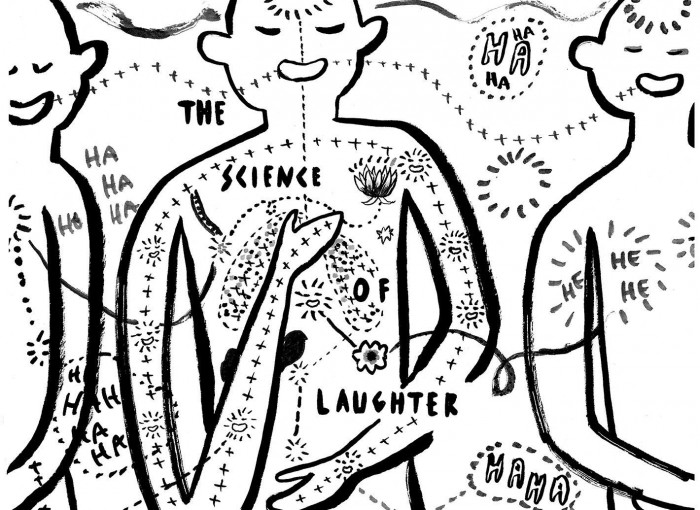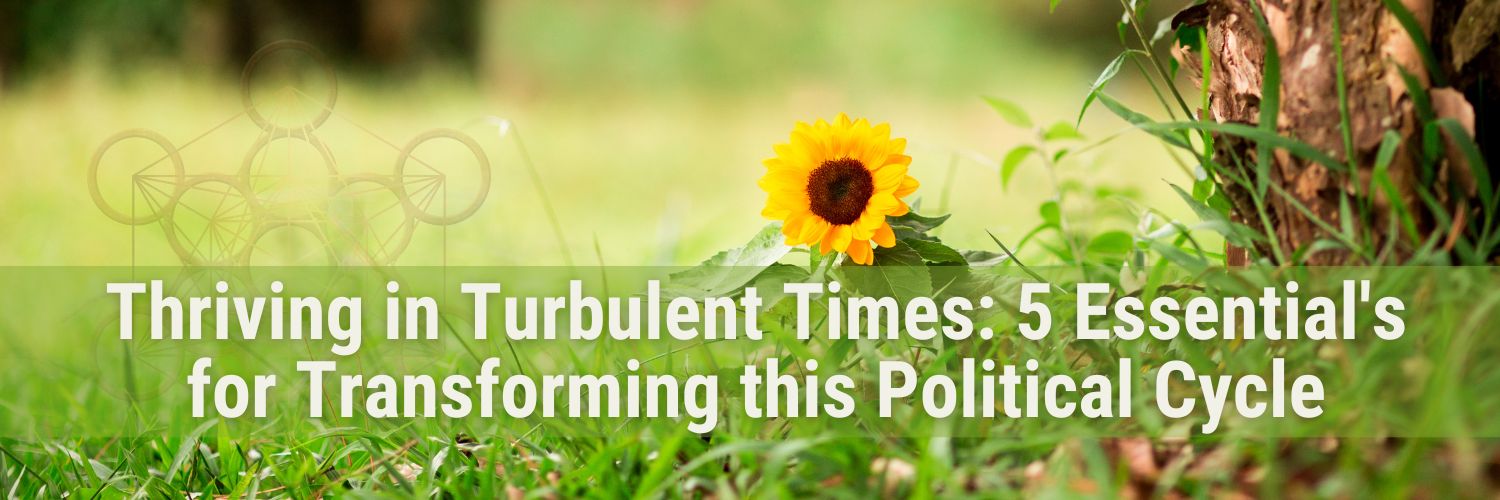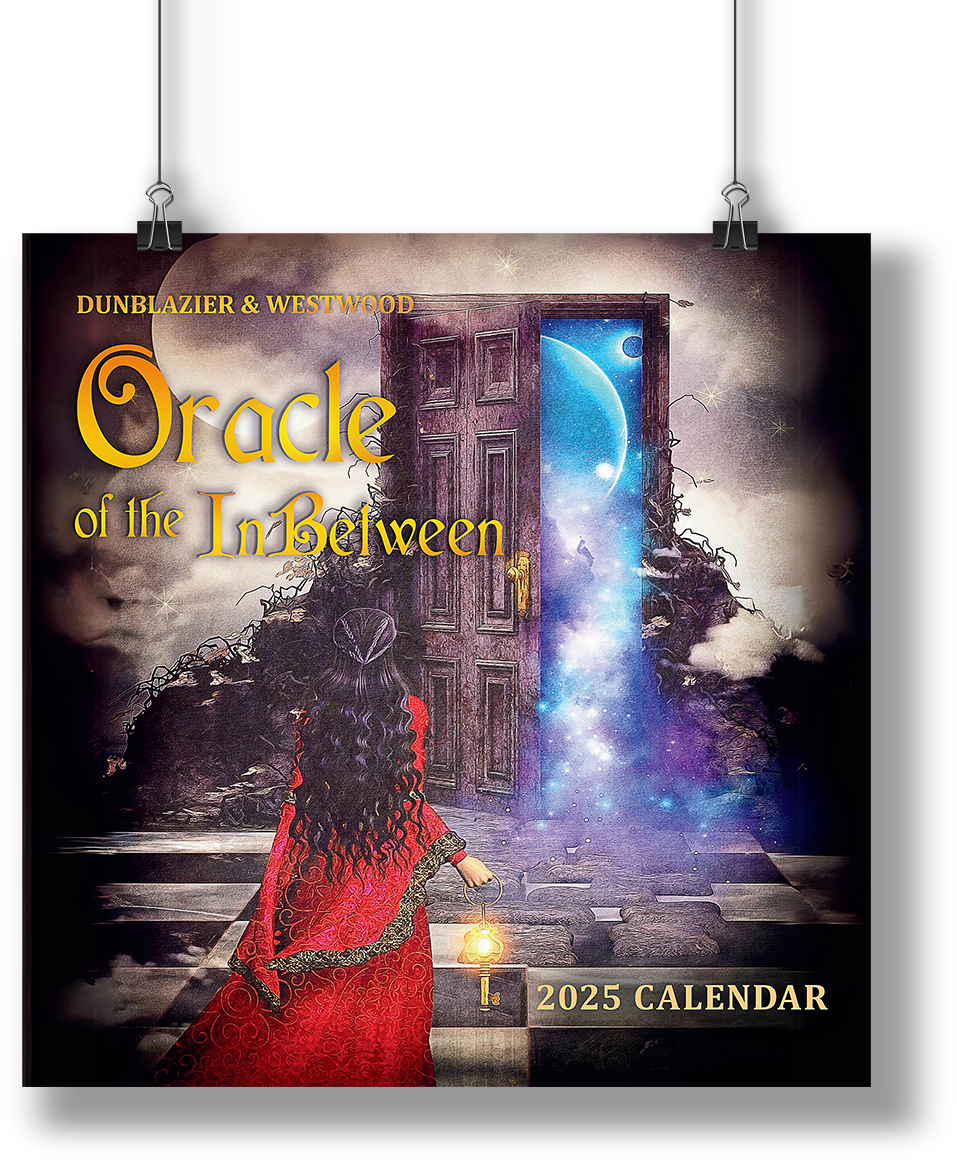 Author Name: Caitlin Berens
Author Name: Caitlin BerensPublish Date:
Website Link: http://wanderlust.com/journal/the-science-of-laughter/
Beyond being a joyful and fun activity, laughter has some real body benefits—from our heart system to our heart center.
As I stood among strangers, something erupted. It traveled from one person to the next, and then it reached me. Before I knew it, I was overcome with it too.
Laughter.
It’s universal, it’s unifying, it breaks the ice, and it’s good for your health. But how? What’s really happening inside our bodies when we chuckle, giggle, tee-hee, snicker, or guffaw?
Laughter is shared throughout humanity. To laugh with someone is to know someone, to forget worries and pain, if only momentarily. We know that feeling of lightness, of relief when we laugh at an awkward or tough situation and realize, it’s actually kind of funny—and things aren’t that bad. There’s a reason comedians visit military bases and hospitals: Laughing makes us feel better.
But it’s not just in our imagination. The science is in: This blissful power of laughter is a natural part of us, outside and in.
The Laughter Within
When we laugh, we involve the whole body. Our face, our brain, our lungs, our blood vessels—even our chakras get in on the action. Our vocal chords vibrate with a ho-ho-ho, a ha-ha-ha, or a he-he-he. As we experience a heartier laugh, we exhale longer, removing “stale air” from our lungs. It’s like spring cleaning for your insides. The inhale that follows then fills the lungs with fresh air and more oxygen while our chest and facial muscles contract with glee.
“Laughter results in greater than average expulsion of the residual air in our lungs and then adds a fresh supply of oxygen that enriches our blood to nourish our heart, brain, and body tissues,” says Michael Miller, MD, a professor at the University of Maryland School of Medicine and the director of the Center for Preventive Cardiology at the University of Maryland Medical Center.
The giggles are also good for your heart. In a 2005 study on laughter in response to humor, Dr. Miller and his fellow researchers found that laughter can help dilate blood vessels and improve their function by reducing their stiffness and increasing their flexibility. Why do we want flexible arteries? Increased stiffness can lead to hardened arteries, which ups the risk of having a heart attack or stroke. “Laughter practiced as part of a healthy lifestyle may help to slow aging of our blood vessels,” says Dr. Miller, author of the book Heal Your Heart.
On top of aiding our cardiovascular system, laughter can also give our immune system a boost. “Laughter is associated with an increased production of cells (predominantly B and T cells) that help to ward off infection,” says Dr. Miller. So if you had older siblings who used to tickle you to the point where you were roaring with laughter and had to scream for them to stop, you may actually owe them a thank you. And if you ever laughed so hard you almost couldn’t stand, that’s science too: In addition to the obvious muscles seizing up, the other ones may become more relaxed or less coordinated (so there’s some truth to being “weak with laughter”).
The Healing Properties of Laughter
It should come as no surprise that laughter is good for our minds, too. Have you ever noticed you feel less stressed when you laugh? Not only does it distract us from worry, laughter also helps restrain stress hormones.
“Laughter causes regions of the brain that regulate emotions to ‘light up,’ ” says Dr. Miller. “These regions suppress the release of the stress hormone cortisol and activate the brain’s memory center, the hippocampus.” This explains why so many of your most memorable moments involve laughter.
In addition to alleviating stress and giving our memory a boost, laughter can lead to bliss. Research suggests that hearty, genuine laughter releases endorphins, the brain’s “feel-good” chemicals that help diminish pain while triggering positive feelings. That’s why laughter feels so good—euphoric, even.
“Endorphins help relieve pain when you laugh,” says Jodi J. De Luca, PhD, a licensed clinical psychologist at Boulder Community Hospital. Laughter helps resolve “all types of pain, not just physical pain, but emotional and psychological pain as well—which can sometimes be more damaging and devastating because we can’t see them.”

In the face of unspeakable sorrow or heartbreak, we often find ourselves laughing because we are incapable of any other physical response. We laugh to reframe the hurt, to help us cope and adjust our perspective.
“The final stage of transformation and change is the ability to laugh at and gain an outside perspective, a more expanded perspective, on whatever it is you are going through,” says Tracee Dunblazier, a certified grief counselor, spiritual empath, shaman, author, and speaker. “You don’t ever unknow a trauma, but you change your relationship so dramatically to it that you become a different person in it.”
But what if you don’t feel like it? What if it wasn’t just getting stood up on a date, or having a bad day? What if we received news that hit us hard, that took away our joy?
What if we got diagnosed with cancer?
That’s where Katherine Puckett, PhD, chief of the Division of Mind-Body Medicine at Cancer Treatment Centers of America (CTCA) comes in: leading laughter therapy. “As you know cancer is not a laughing matter,” she says. “But laughter does allow patients—anybody, really—to find relief from the stress and the pain and the discomfort of cancer and cancer treatment. It allows people to remember they can still enjoy life. That’s one of the most important things.”
Dr. Puckett first introduced laughter therapy to the other mind–body offerings of counseling and stress management at CTCA in 2004. “We started it in response to a request from a patient who said ‘you need some more fun around here.’ ” Since then she has received many positive responses from participants and their families. She says that patients who have experienced laughter therapy say that it provides them with a time and space where they don’t think about their diagnosis, and often revel in just “how long it’s been since they laughed.” It reconnects them to joy.
That joy is similar to the feeling we find on our yoga mats. “There’s a deep well of joy within us, and laughter yoga opens up your well of joy,” says Beth Bongar (aka Laughing Diva), a laughter yoga teacher of 10 years. “Remember, it’s not about ‘real’ or ‘spontaneous’ laughter necessarily—although this is likely to happen if you practice laughter yoga, especially when the going gets rough,” she says.
Laughter yoga incorporates yogic breathing—pranayama—to get the body to an aerobic state in order to laugh, whether you feel like it or not. According to Bongar: “If you’re not in the mood, which is not a requirement, think of laughter yoga as physical, mental, and/or spiritual exercises that have benefits backed by science.” Though it’s different than a typical yoga class, some common poses are used, as well as some, perhaps unexpected, mantras. “Ha-ha ho-ho, ho-ho ha-ha is a mantra,” says Bongar.
Laughter Aligns With Our Chakras
The powerful energy of different types of laughter connects with our chakras. Tracee Dunblazier, a certified grief counselor and author, shares her work from Master Your Inner World: Embrace Your Power With Joy. “Energetically, the heart opens or expands when we laugh and allows for all of the other energy centers (chakras) to release denser energies and align with the higher frequencies that enter the body.” There are three different kinds of laughs that interact with their corresponding chakras:
- “The chortle laugh is centered in the head and throat and expands the throat chakra, allowing a better flow of communication.
- “The guffaw laugh is centered in the belly, expands the second and third chakras, and will help you release your fear of not being able to control the situation, allowing you to find an empowering position in it.
- “The chuckle is centered in the heart, the place in the physical body where we create hormones of peace and the energy center where we align with our higher self. The chuckle opens the heart, allowing for a stronger flow of energy to the rest of the system.”
The Contagious Power of Laughter
On top of laughter’s effects inside your body, and its use as a great coping mechanism, laughter also serves as a social connector—and a contagious one at that. Research suggests that hearing laughter triggers our brain to automatically prime us to smile or laugh. If you’ve ever smirked while walking by someone letting out a belly laugh, this is why.
“When you look in people’s eyes, it is so easy to laugh, it just activates our inner laughter,” says Bongar. “It’s really great to connect, and that is what makes you laugh, naturally—connection.”
It comes down to a few things: the twinkle or gleeful crease around the eyes, the mirthful smile, a “lit up” face, the radiating energy, and that joyous, distinctive sound of laughter. “You have a visceral reaction to somebody’s laughter,” says Dunblazier.
Part of the contagiousness of laughter is also the “infectious” energy exchange that occurs. “With laughter you take the energy information and you project it outwards so it becomes infectious to others,” says Dunblazier. As the adage goes, out with the old, in with the new. “As you begin to laugh you are letting go of old energy and you are creating a space in your body for new energy to flow through. And you transmit that and it is absolutely an exchange—it’s an exchange of joy.”
So go out and laugh today—it won’t only make you smile, it’ll help your health, refresh your perspective, and, who knows—you might just make a friend.
Author Name









